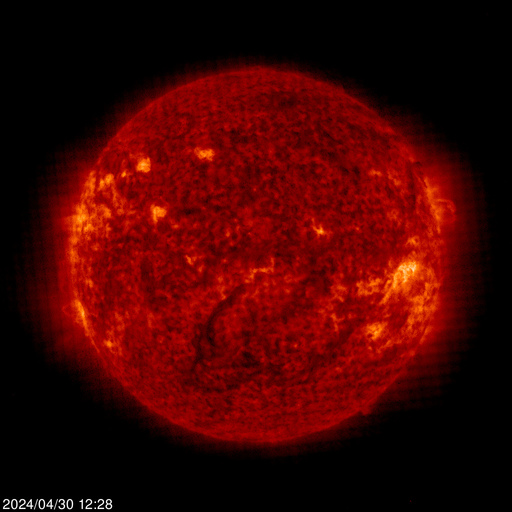Source: Paul Stonehill youtube
Description:
...Let’s look at some of their dispelling, and I will add my comments. But we need to understand, that in some cases, those scientists may want to obfuscate the issues, because there is definitely attention from the government to this marvelous lake, and projects are taking place there that are not open to the general public. You can find out more in my many videos about Baikal...
Exclusice Summary
1. Age of Lake Baikal: Estimates suggest Lake Baikal formed 25-35 million years ago, with some hypotheses proposing up to 77 million years. However, recent studies indicate the modern shoreline is 6,000-8,000 years old, while the deep-water part is about 150,000 years old. Endemic species living at depths of 400-900 meters, dating back 3.3-4.3 million years, support the lake's significant age.
2. Unique Fish (Golomyanka): The Golomyanka fish, unique to Lake Baikal, uses ovoviviparity (giving birth to live larvae), a rare trait among cold-water fish. This species, which helps estimate the lake’s age, is difficult to catch due to its solitary nature and deep-water habitat.
3. Lake vs. Sea: Despite being called a "sea" due to its size and depth, Lake Baikal is a freshwater lake. Its location in the Baikal Rift Zone suggests it could become an ocean in millions of years as tectonic plates diverge.
4. Glowing Water: Studies in 1980 and 2012 confirmed faint bioluminescence from microorganisms in Lake Baikal, though it’s invisible to the naked eye. The narrator hints at possible non-natural causes for this glow.
5. Lake Monster: Local legends describe a creature resembling a giant seal or water snake, often compared to the Loch Ness Monster. Scientists attribute sightings to Baikal seals, but the narrator suggests these could be mysterious underwater humanoids, referencing a 1982 Soviet military encounter and ongoing investigations.
6. Earthquakes and Tunnels: A 2020 earthquake sparked rumors of seismic activity caused by underground tunnel construction. Scientists dismiss this, citing the lake’s location in the active Baikal Rift Zone, where tectonic plate movement naturally causes frequent earthquakes.
7. Comparison to Lake Tanganyika: Both lakes are among the deepest globally, but Baikal has fresh water, while Tanganyika’s is slightly saline. A 1914 sighting of a large, snake-like creature in Tanganyika is mentioned, with the narrator expressing interest in further cryptozoological research.
Return top
























